What is agroforestry?
Agroforestry, as opposed to monoculture, involves cultivating different crops in a forest-like environment. It helps secure food supplies in the light of ever-advancing climate change. An agroforestry system mimics the interlinked processes of a forest, where plants provide shade for each other, retain water and keep the soil healthy and fertile due to increased biodiversity in the form of microorganisms and fungi. PRONATEC offers organic and fair trade certified cocoa products, vanilla and spices grown in agroforestry systems.
What are the benefits of agroforestry in a time of climate change?
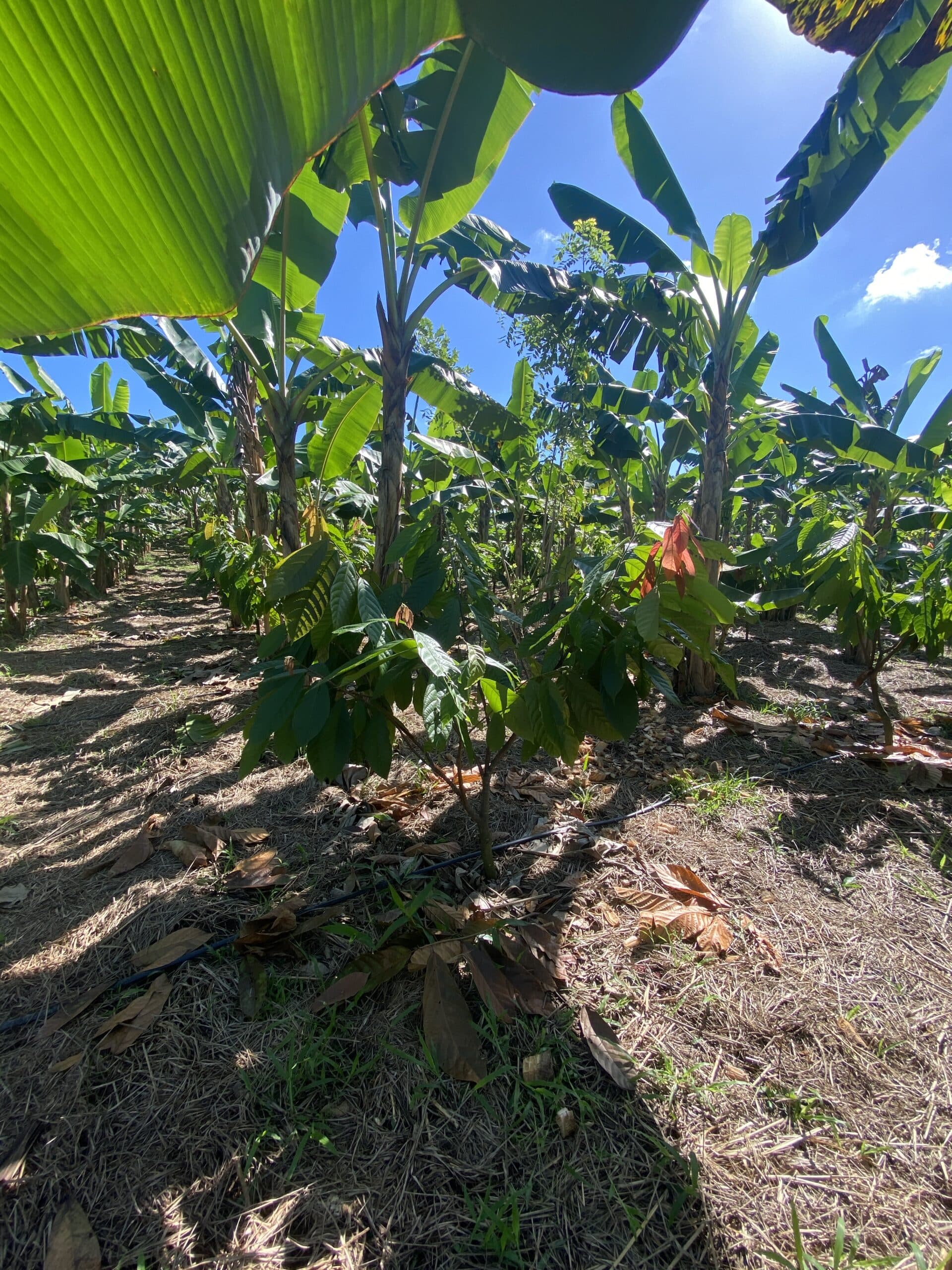
Agroforestry is increasingly seen as the farming system of the future, because it offers security of food supplies in the face of accelerating climate change. It combines traditional knowledge with the latest scientific findings in order not only to maximise yields but also to protect the environment and improve the quality of life for smallholders.
Farming in an agroforestry system has many benefits: it improves soil health through natural fertilisers and it prevents erosion. Growing different fruit-bearing trees boosts species diversity and gives plants more protection from extreme weather. Using organic agroforestry methods means not using chemical fertilisers or pesticides and creating an environment that is resistant to pests and diseases. It also establishes a good microclimate and enables the soil to retain many times more water. Taken together, all this results in higher yields without damaging the environment.
Cocoa, vanilla and spices from agroforestry systems
Failures of the cocoa crop in West Africa’s outdated monoculture systems led to one of the biggest crises ever on the cocoa market in 2024. The crisis arose mainly because of a structural imbalance. Extreme fluctuations in weather conditions, from torrential rain to drought, as well as diseases, had caused a dramatic fall in cocoa production. Traditional cocoa agroforestry systems such as those in the Dominican Republic are far better able to withstand climatic challenges than monocultures.
Vanilla bean orchids, clove trees and cinnamon trees also lend themselves to this type of cultivation. Where they are grown in agroforestry systems, for example in Madagascar , soil fertility and biodiversity are preserved for the long term, while selling the valuable products brings in a worthwhile income for the smallholder families. The ecosystem is effectively protected from deforestation, making the whole region stronger in the long run.

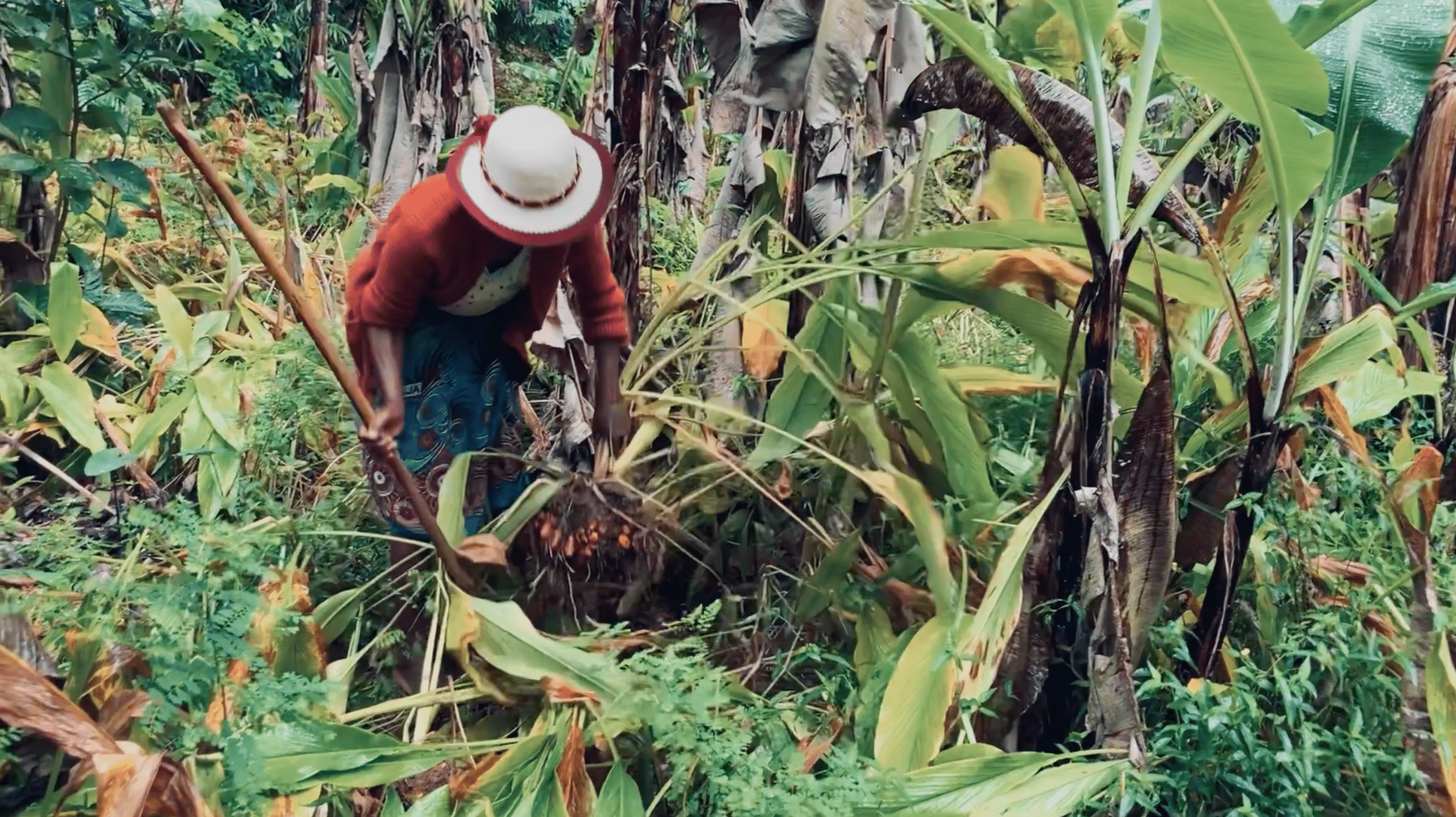
What makes cocoa, vanilla and spices grown in agroforestry systems different?
Greater resilience to climate change
Mixing different plant species makes them less susceptible to weather extremes and disease. Growing plants in different layers and deliberately planting trees for shade creates the best possible conditions for growth, which increases the plants’ resistance to drought and heat.
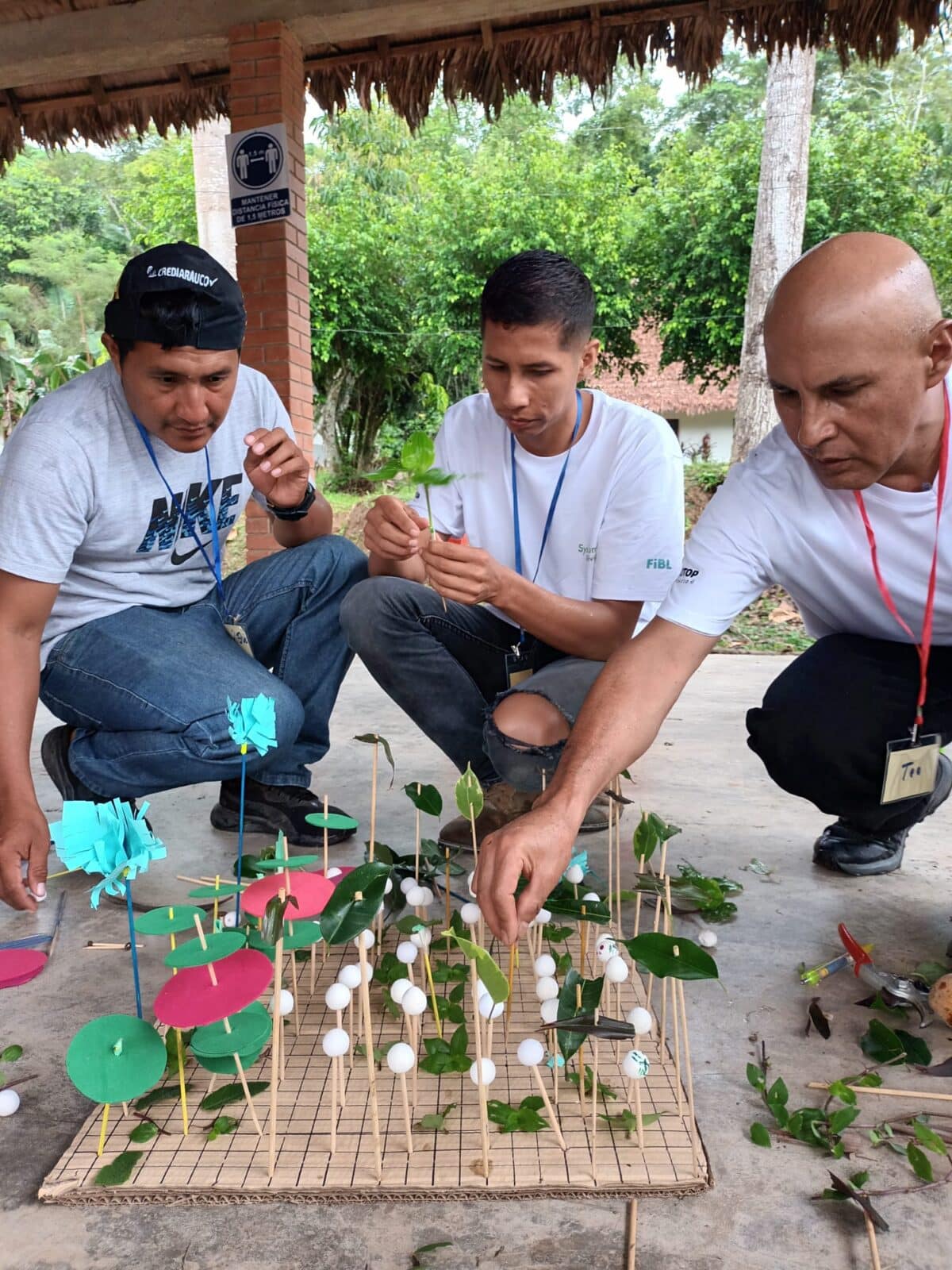
A boost for biodiversity
Incorporating different crops and trees in the farming system increases species diversity. That has a beneficial effect on the whole ecosystem and reduces the risk of pest infestation and disease. The smallholders gain a useful supplementary income.
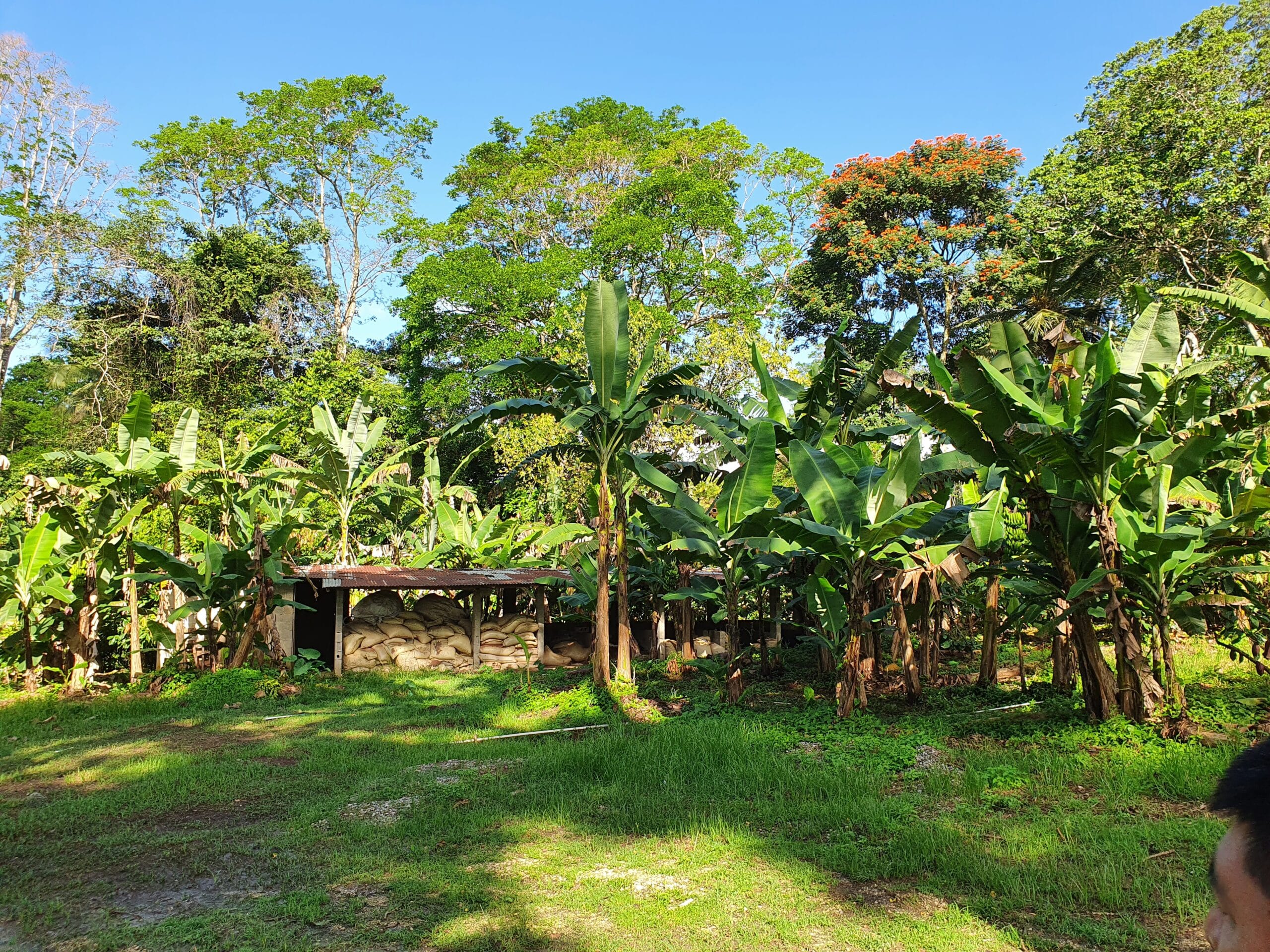
Healthy soils for future generations
Leaving pruned material as a mulch promotes the formation of humus and improves the soil structure. This contributes to the soil’s long-term fertility and means farmers can completely avoid using artificial fertilisers. Furthermore, the more organic matter is left lying on the soil, the better it can retain water.
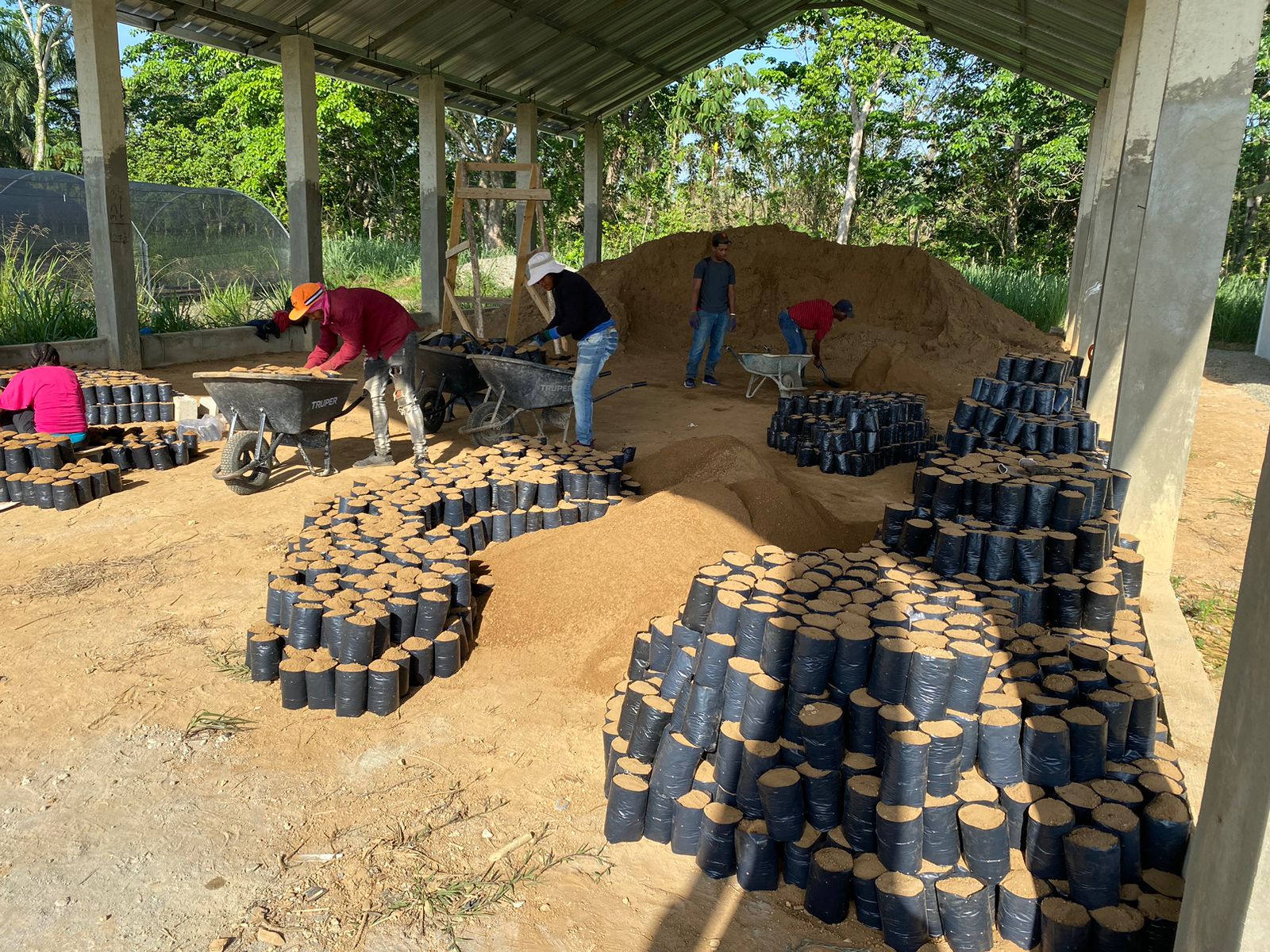
Income diversification
Agroforestry systems offer smallholders a way of diversifying their income sources. Alongside their main crop, they can also harvest and sell fruit, timber and other products. This diversification makes them less dependent on a single market.
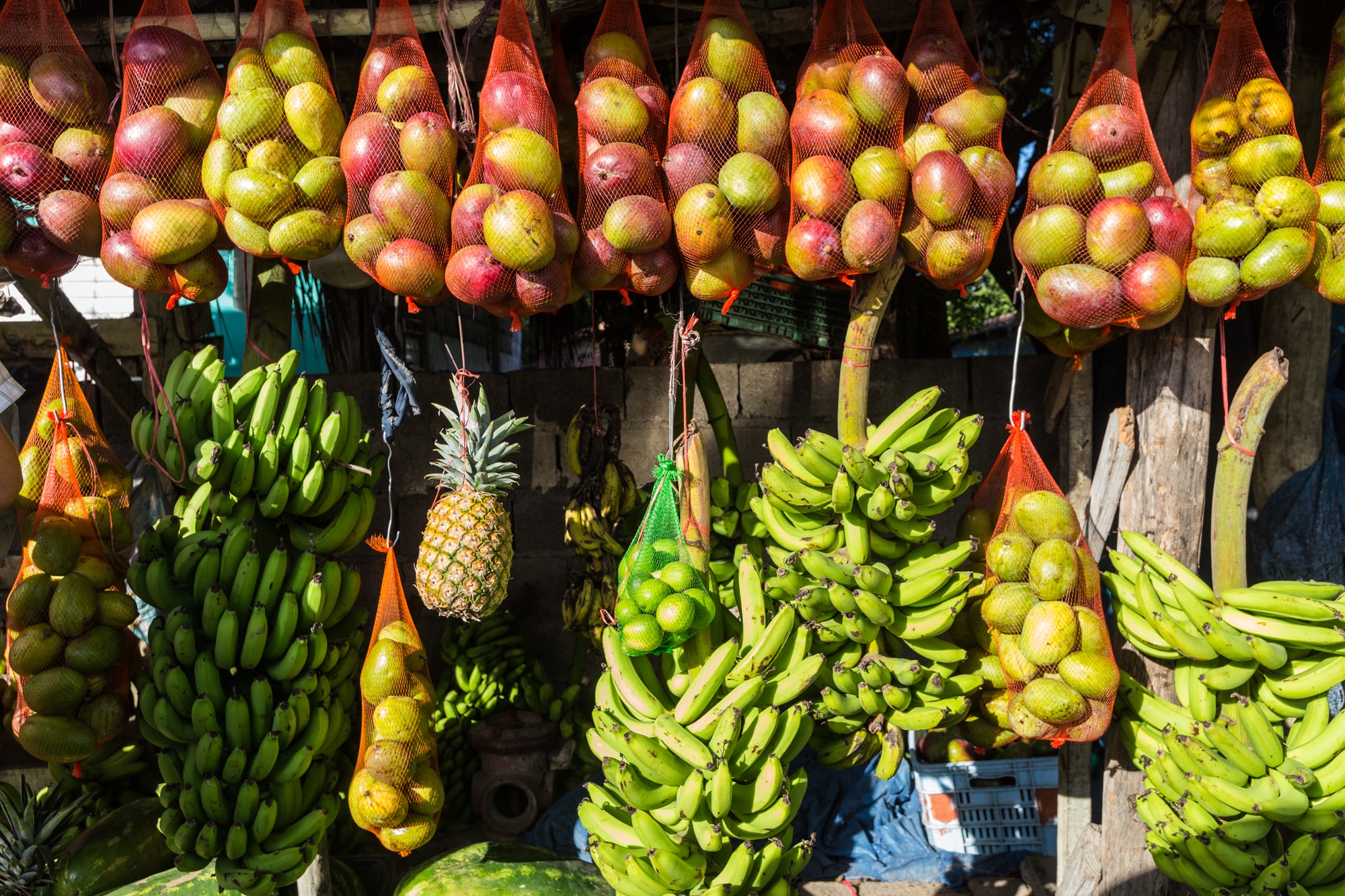
Protection from crop failure
Cultivating different crops minimises the risk of crop failure due to pest infestation or disease. Mixed farming provides a natural barrier to prevent the spread of pests, and ensures a continuous harvest.
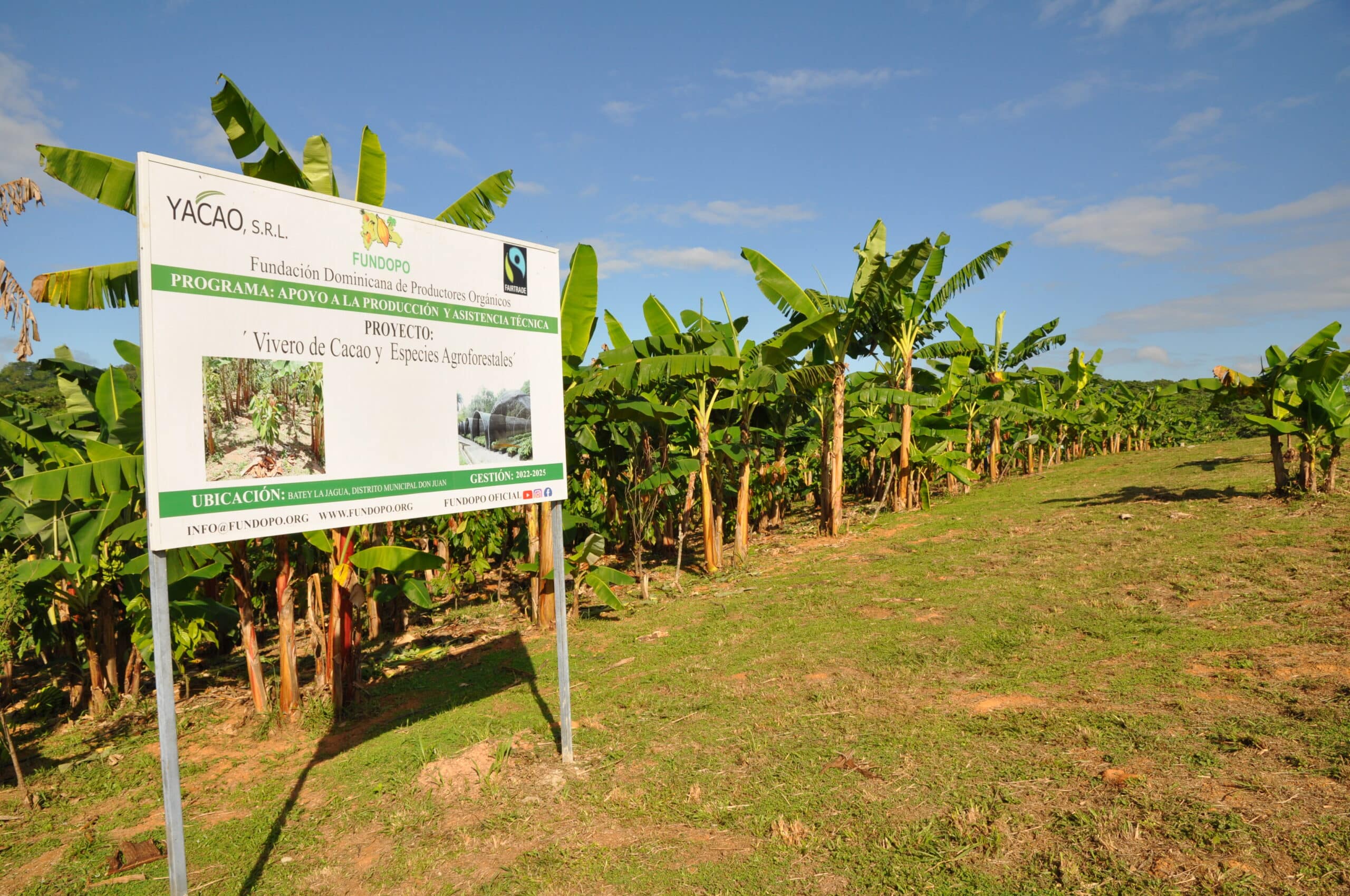
Our commitment is reflected in various key initiatives:
1. Sharing knowledge about forest-like farming systems
With our partners, we help to share expertise on how to grow cocoa, vanilla and spices in systems that mimic natural forest structures. That improves soil health, promotes biodiversity and protects plants from extreme weather (climate change).
2. Training and education
Producers are trained in how to prune and graft their trees as well as improve, regenerate and maintain their plots of land. This includes topics such as in pest control. When it comes to cocoa, we help them fulfil the requirements of the EU Deforestation Regulation. In 2024, some members of FUNDOPO took part in an EcoTop training session on dynamic agroforestry , to learn about and share best practices.
3. Farming diversification
We and our partners encourage farmers to diversify by introducing different crops and fruit trees. At FUNDOPO, that includes planting shade-giving tropical timbers for wood production and particularly valuable “super trees” (“súperarboles”) from a wider local cocoa gene pool. The cooperative supplies its members with cocoa seedlings of various types at cost price from its own two tree nurseries. Similarly, our partner cooperatives in Madagascar supply smallholders with cinnamon, cocoa and clove seedlings. The farmers are also encouraged to obtain their own fruit trees (mango, avocado, orange, banana, jackfruit, etc.) and plant them in an agroforestry system to boost biodiversity.
4. Show farms
FUNDOPO has set these up on two plots of land to demonstrate best practices in cocoa farming. The show farms demonstrate what the land could look like after a few years of agroforestry management. These are places where farmers can learn, be inspired and gain the courage to try this type of farming for themselves.
5. The “Cocoa diversity and income diversification in Dominican cocoa farming” project, in partnership with SWISSCO and SECO
The aim of this project is to boost yields in cocoa farming sustainably, increase species diversity and generate valuable additional income for over 3000 smallholder families. The measures should benefit the local environment, community and economy, encourage further growth and improve resilience. For the next two years, PRONATEC will receive financial support for this biodiversity project from the Swiss Platform for Sustainable Cocoa (SWISSCO) and the Swiss State Secretariat for Economic Affairs (SECO). You can read more on this in our news article on “Promoting biodiversity while creating additional income” and in the SWISSCO report on the “Cocoa diversity and income diversification in Dominican cocoa farming” project.
6. The “Climate-resistant Cocoa Landscape 2.0” project with HELVETAS and other partners
This multi-stakeholder project is based in the water catchment area of the River Sambirano in north-west Madagascar. The cocoa industry is one of the main sources of income for the region’s rural population. The aim of the project is to stop deforestation, reinstate damaged ecosystems and boost farmers’ resilience in the face of climate change. You can read more on this in the SWISSCO report on the “Climate-resistant cocoa landscape 2.0” project.
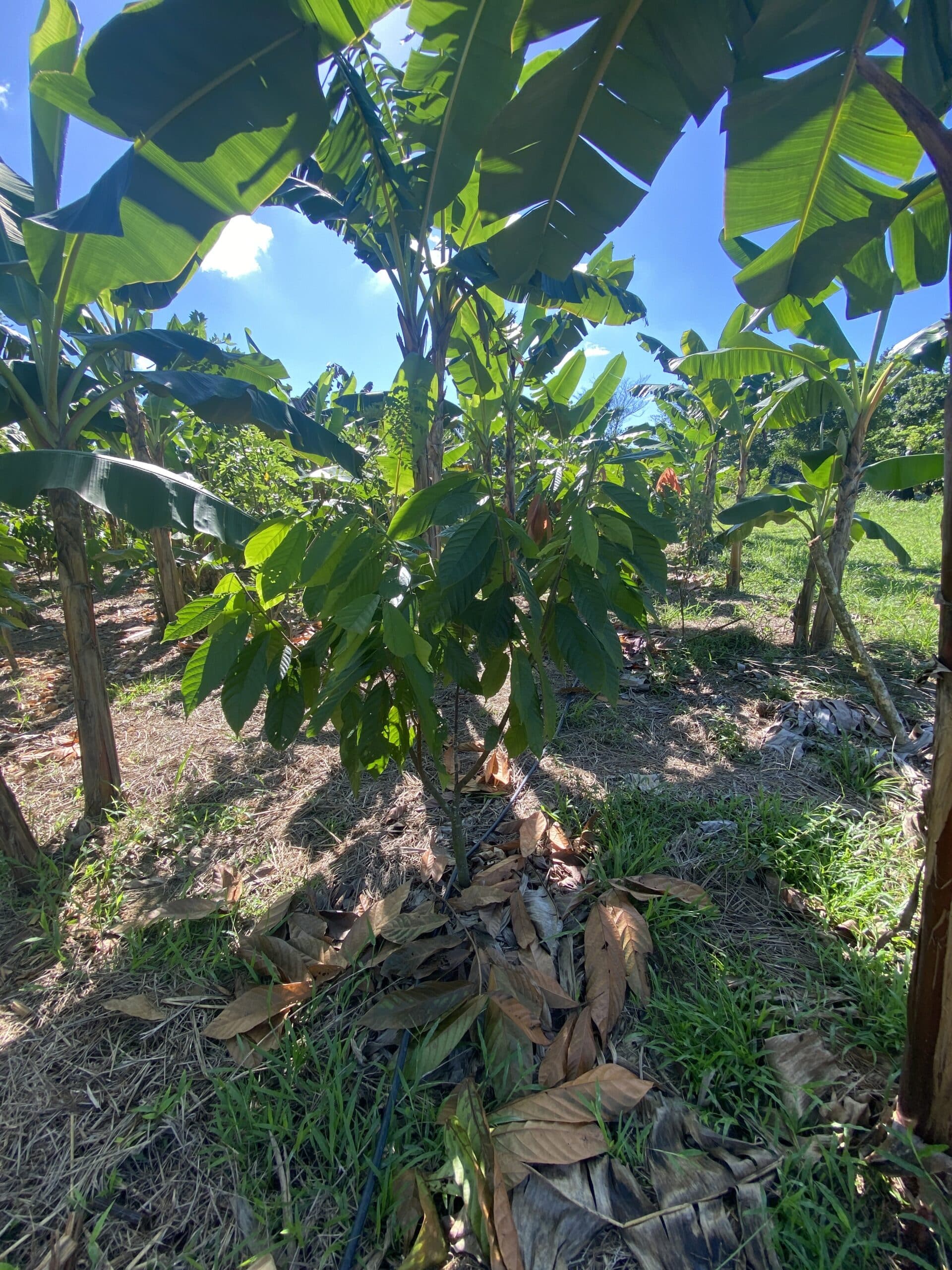
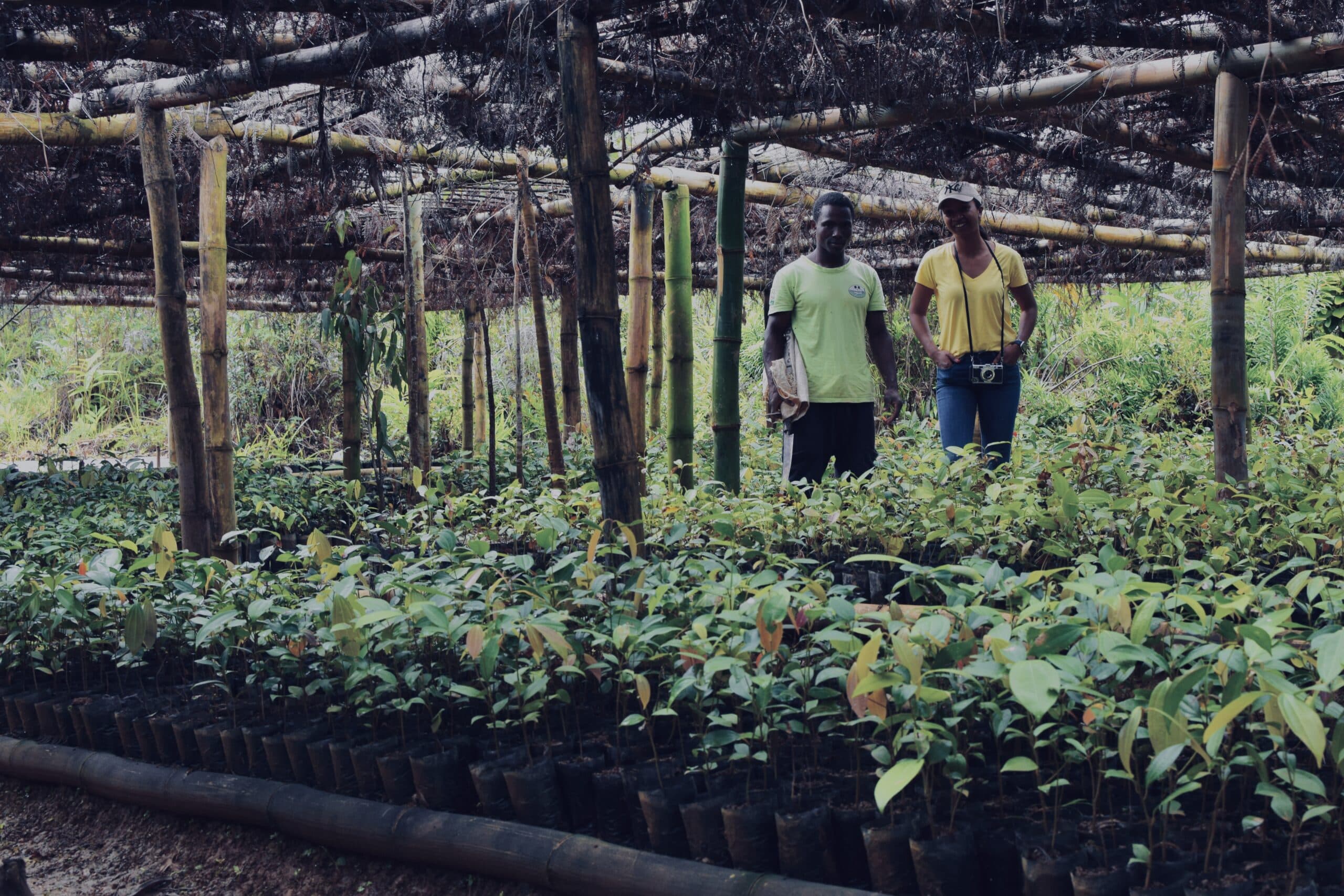
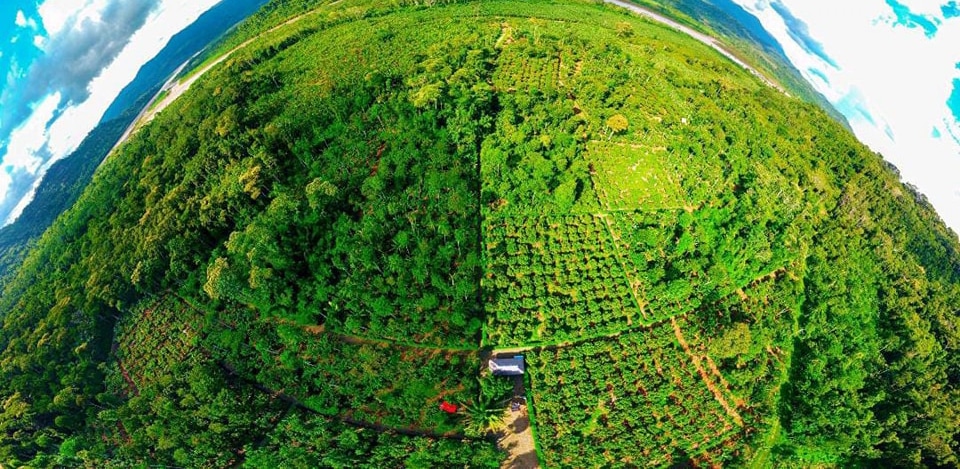
Agroforestry: our key to a future-proof agrifood system
Agroforestry is a promising way of creating a more sustainable, future-proof agrifood system. It combines sustainable farming methods, economic profitability and climate resilience and therefore offers a future-proof solution to global food needs. Our projects show that it is possible to both increase species diversity and take account of economic interests.


